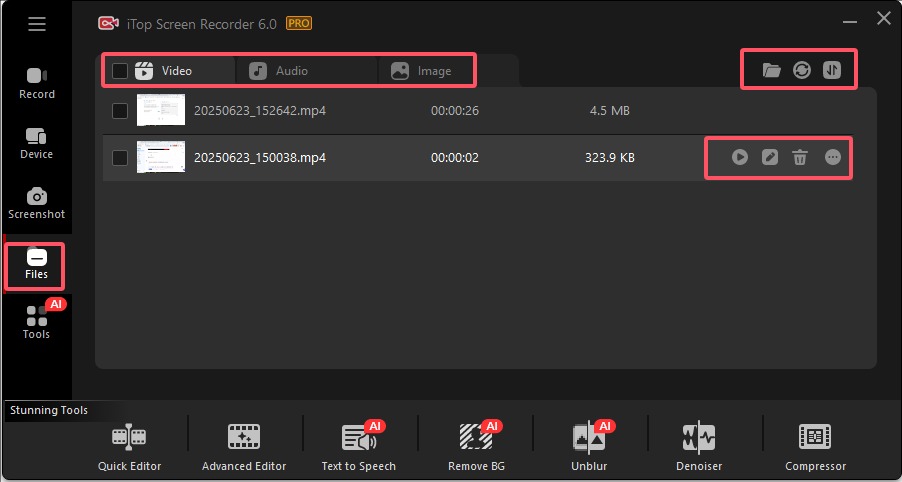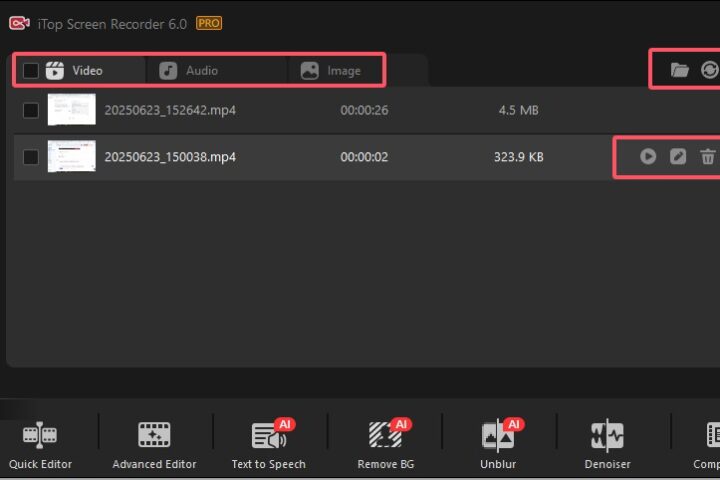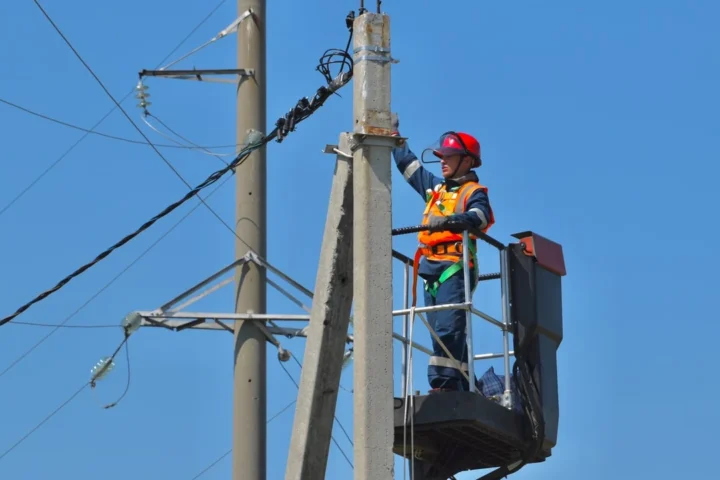In the development enterprise, fulfillment relies upon more than simply blueprints and professional hard work. Behind every nicely finished project lies a foundation constructed on cautious planning, specific budgeting, and proactive problem-fixing. Two pillars stand in the middle of that achievement: chance control and construction price estimation. When those two factors come together, they create a pathway for tasks to live inside the price range, on time, and free from pointless disruptions.
Understanding how these regions connect is crucial for any production firm striving for long-term stability and client satisfaction.
Understanding the Role of Risk Management in Construction
Every construction assignment contains some degree of uncertainty. From fluctuating fabric fees to climate disruptions and hard work shortages, dangers can seem to be at any degree. This is where hazard control will become critical. It’s no longer about avoiding risks entirely — that’s not possible — however, approximately predicting them early and making ready powerful strategies to reduce their impact.
When project managers plan for capacity dangers, they can allocate resources more efficiently and maintain financial balance even when demanding situations arise. For example, an organization managing Office Furniture, Fixtures and Equipment Installation for a massive commercial website ought to anticipate possible shipping delays or gadget damage. Proactive planning enables you to save on fee overruns and guarantees that the installation process remains efficient, secure, and organized.
Effective hazard control allows selection-makers to peer at the “bigger picture” — identifying vulnerabilities earlier than they emerge as high-priced errors.
The Importance of Accurate Construction Estimates
Accurate price estimation is the cornerstone of successful challenge planning. Before an unmarried foundation is poured or a wall is raised, estimators need to calculate all ability charges — substances, labor, materials, equipment, and contingencies. These figures aren’t just numbers; they constitute the monetary heartbeat of the assignment.
Mistakes in estimation can quickly ripple through every degree of creation, mainly to budget shortfalls or unfinished initiatives. This is why many specialists rely on designated and generation-pushed estimating strategies to ensure precision and transparency. Proper estimation not only complements profitability but also builds acceptance as true among customers, traders, and contractors.
How Risk Management Strengthens Estimation Accuracy
Integrating chance evaluation into value estimation brings a brand-new stage of reliability. When estimators recognize capability dangers from the beginning, they can create greater sensible budgets and schedules. This technique guarantees that project charges mirror true situations instead of optimistic assumptions. For instance, by considering market volatility, estimators can prepare contingency finances for fluctuating costs or cloth shortages. Similarly, knowledge of potential exertions, disruptions, or web page problems allows teams to devise options properly in advance.
Construction companies that embed chance evaluation into their estimating system find that their forecasts are not only more accurate but also more resilient in the face of uncertainty.
Common Risk Factors That Impact Construction Estimates
Several outside and internal factors can distort even the most cautiously prepared price estimates. Some of the maximum not common include:
- Material price fluctuations are due to worldwide marketplace shifts.
- Design modifications or scope creep, wherein venture necessities evolve after planning.
- Labor shortages or inefficiencies that extend task timelines.
- Environmental and weather challenges that cause delays.
- Regulatory modifications, which include new building codes or compliance requirements.
Identifying those risks early enables production managers to set apart practical contingency budgets and preserve profitability. For example, thinking about marketplace conditions while sourcing materials like Galvanized Steel Coils for Sale can help corporations lock in better prices ahead of time, protecting the project’s bottom line from sudden fee surges.
In essence, a properly organized estimate doesn’t ignore dangers — it consists of them intelligently.
Technology’s Role in Risk-Based Estimation
The modern generation has revolutionized how creation groups manage danger and expand cost estimates. Digital tools, inclusive of Building Information Modeling (BIM), predictive analytics, and AI-pushed estimating software programs, provide more accurate records and real-time insights than ever before. These systems enable estimators to visualize project elements in 3-D, perceive layout conflicts, and calculate material portions with precision. Moreover, digital danger evaluation gear examines ancient venture records to predict where and when troubles are most likely to occur.
By combining records analytics with human knowledge, contractors can make smarter selections and create budgets that adapt to converting situations, in place of being derailed by them.
The Benefits of Integrating Risk Management with Estimation
When threat control and estimation strategies work collectively, the outcomes are transformative. Some of the key blessings encompass:
Improved cost accuracy: Budgets are extra reliable whilst risks are factored in from the beginning.
Reduced delays: Planning for capability disruptions minimises downtime.
Stronger economic control: Unexpected fees are less likely to derail the project.
Enhanced communication: Stakeholders have clearer information about ability-demanding situations and answers.
Greater consumer confidence: Transparent and danger-knowledgeable estimates reveal professionalism and foresight.
Ultimately, this integration creates a culture of preparedness — one wherein demanding situations are met with method instead of surprise.
Building a Risk-Responsive Estimation Framework
A successful creation organisation doesn’t treat risk management as a separate branch. Instead, it weaves danger-attention into each aspect of project planning and estimation. Here’s how that framework normally works:
- Identify capacity dangers early in the point of undertaking conception.
- Assess their chance and financial effect.
- Incorporate hazard-adjusted charges into estimates and budgets.
- Monitor and update forecasts because the venture evolves.
- Encourage collaboration between estimators, managers, and engineers for holistic selection-making.
This proactive mindset ensures that no element — economic, environmental, or operational — is left unexamined.
Conclusion: Precision, Preparation, and Profitability
In today’s rapid-paced production surroundings, uncertainty is inevitable. However, its outcomes can be managed through a sturdy connection between risk control and creation estimation. When each discipline performs in sync, they devise a basis for better decision-making, extra efficiency, and more potent monetary outcomes.
Firms that embody this technique don’t simply keep away from mistakes — they construct trust, maintain profitability, and ensure long-term achievement in a competitive enterprise. Whether it’s an excessive upward push, a business office suit-out, or a complex infrastructure venture, a well-calculated estimate sponsored by strong risk management is what separates a thriving mission from a failing one.












